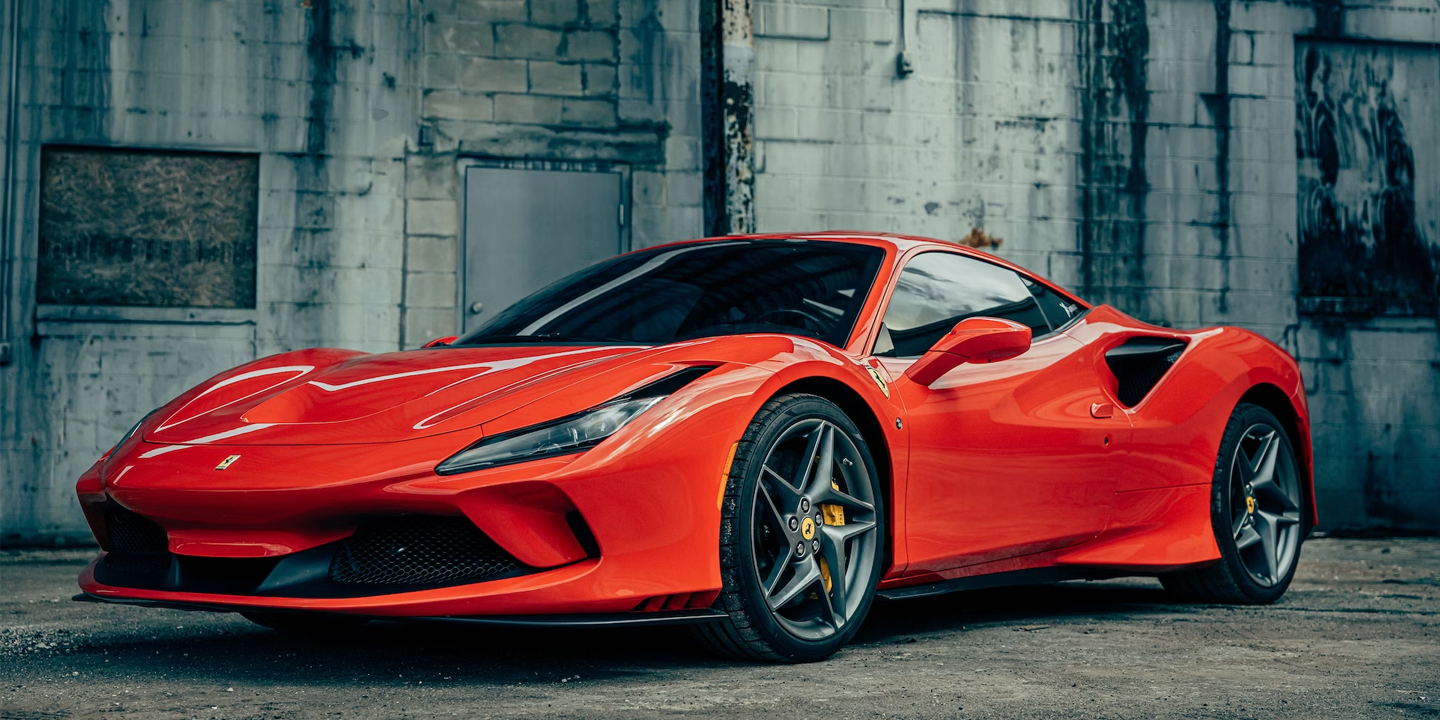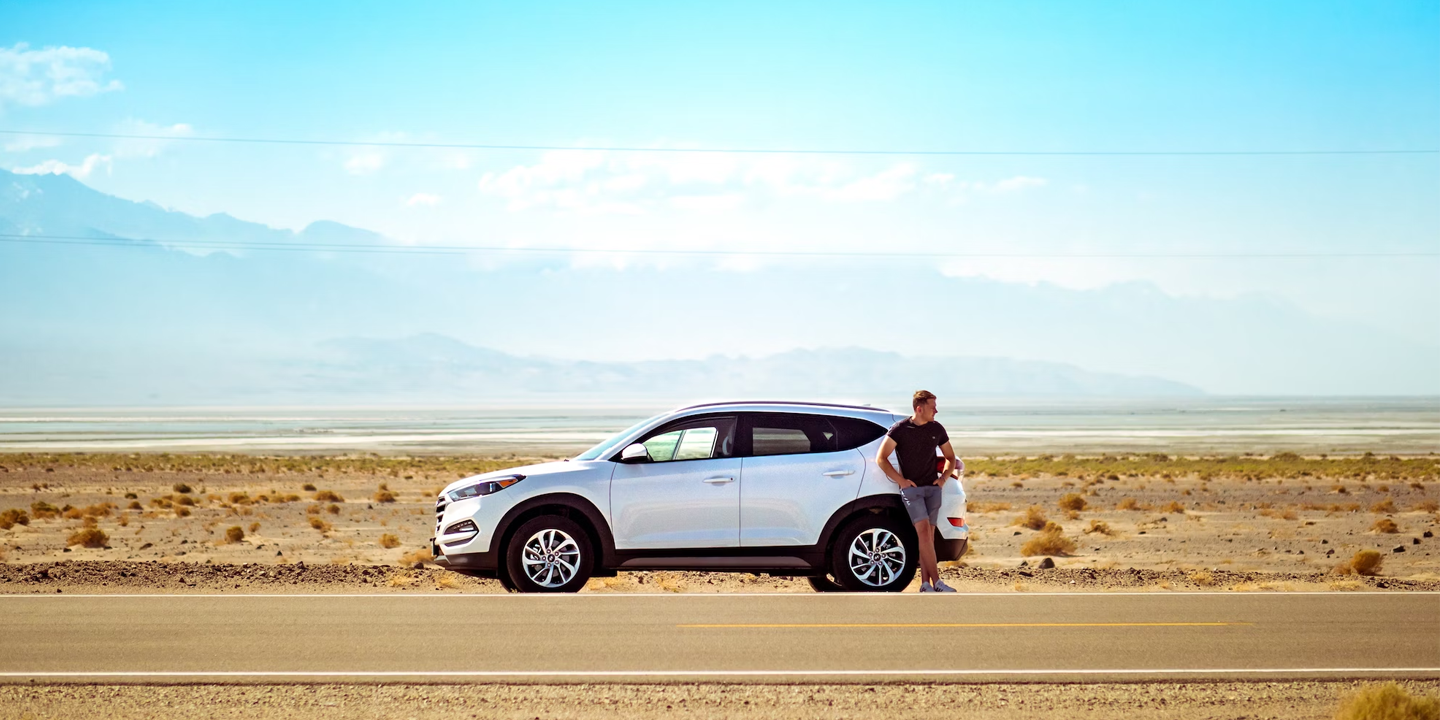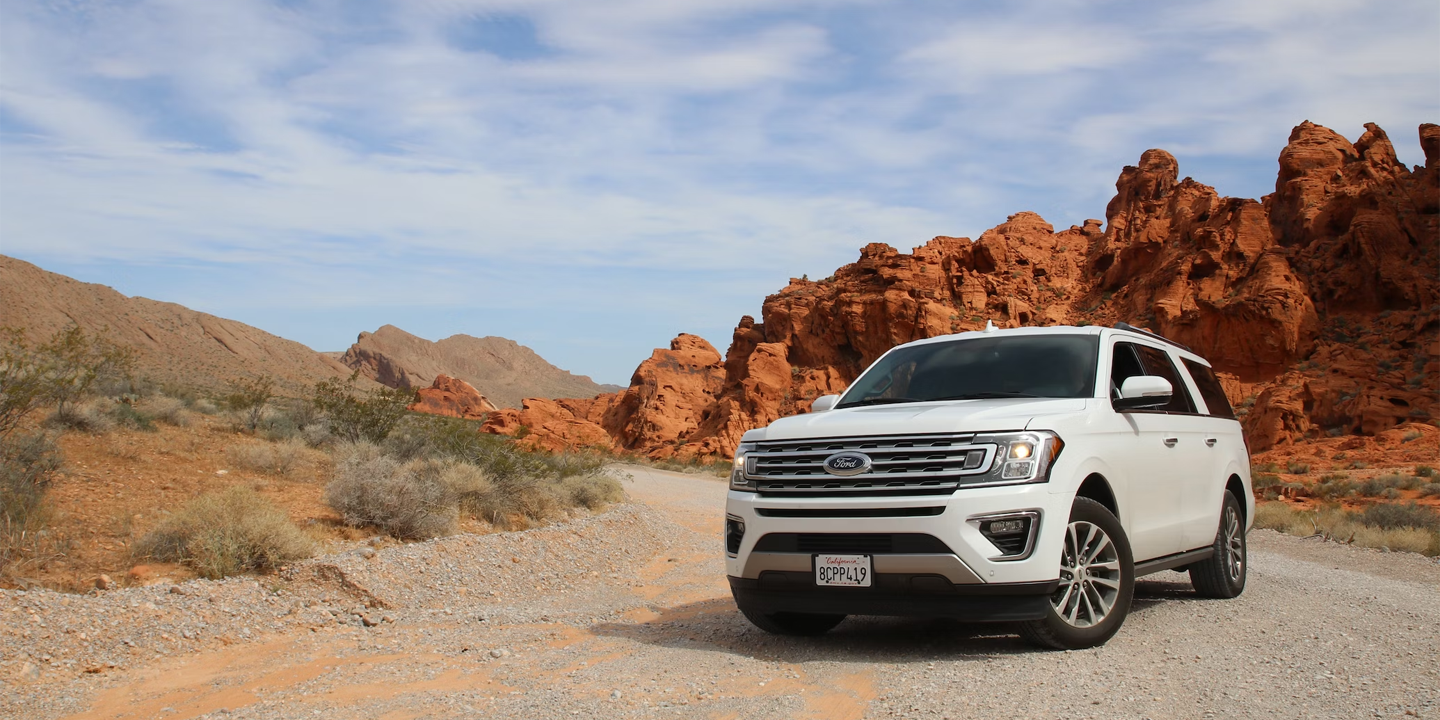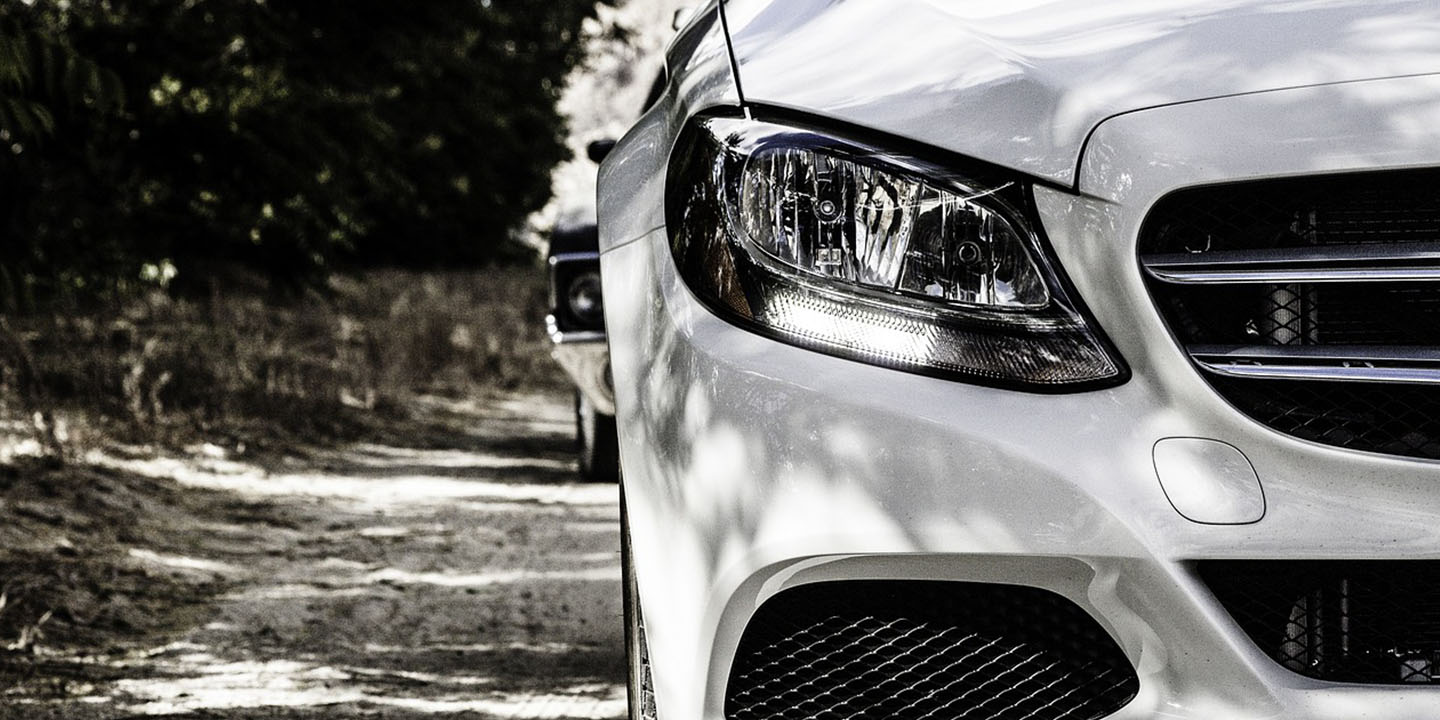The Paint Job Price Tag
Picking a car color feels like a personal decision. Maybe you go bold with lime green or take the mysterious route with midnight blue. But here’s what no one tells you at the dealership: that innocent color choice might sneak into your wallet years later and mess with your resale price. So to start off, here are the ten worst car colors that tank resale value faster than you can say “custom paint job.”
1. Gold
Gold may turn heads in sunlight, but it tends to turn away buyers come trade-in time. This shade often signals extravagance or outdated styling, especially among older luxury models. In the used car market, buyers shy away from flashy tones that don’t blend with common trends.
2. Brown
Once a favored color in the 1970s and among certain SUV lines, brown has faded from favor in today’s markets. Modern buyers gravitate toward either sleek neutrals or vibrant standouts, leaving brown vehicles caught in a resale dead zone.
3. Black
Though commonly chosen for its timeless appeal, black vehicles suffer from market oversaturation. You’ll see them in fleets, ride shares, luxury sedans, and SUVs alike. That ubiquity makes resale challenging; buyers simply have too many to choose from.
4. White
White may dominate driveways and rental fleets, but that dominance doesn’t translate to better resale. Its high production and resale volume drive down prices through sheer competition. Many white vehicles are associated with business fleets or base trims, all of which influence perceived value.
5. Silver
This color dominated car lots during the tech-boom era. That widespread availability now works against it, especially when competing with modern finishes like metallic gray or matte tones. Buyers today find silver dated unless paired with high-end trims or luxury detailing.
6. Gray
Gray strikes a middle ground between bold and bland—and unfortunately, resale values often land squarely in that middle. While it doesn’t repel buyers outright, it doesn’t excite them either. On lower trims or older models, it tends to dull with age, further hurting resale curb appeal.
7. Purple
Despite its royal connotations, purple is too bold for mainstream appeal and too rare to maintain a consistent buyer pool. It’s seen on niche performance vehicles or specialty trims, which already limit resale flexibility. Worse, mismatched trim or interior accents can make a purple car harder to customize.
8. Maroon
The semi-formal appearance of maroon doesn’t appeal to the youth market or those chasing sporty aesthetics. Older buyers might find it dignified, yet that audience is shrinking. As a result, maroon vehicles may require price drops to move on dealership lots or peer-to-peer marketplaces.
9. Turquoise
Unconventional and bold, turquoise struggles in traditional categories like SUVs or sedans. The eye-catching tone leads to polarized opinions—some buyers love it, others steer clear entirely. That divide shrinks your resale market, and niche buyers don’t always show up when it matters.
 Mehmet Turgut Kirkgoz on Pexels
Mehmet Turgut Kirkgoz on Pexels
10. Teal
Teal walks a fine line between green and blue—and falls into resale trouble while doing so. It also suffers from trim clashes, especially when paired with black or tan interiors. Even if the car is in great shape, that teal coat might need repainting just to sell faster.
 JustAnotherCarDesigner on Wikimedia
JustAnotherCarDesigner on Wikimedia
Now, let’s consider ten shades that actually protect your investment and make parting with your ride a little more profitable.
1. Yellow
Bright, bold, and undeniably rare—yellow cars hold value better than any other color on the market. Their resale power comes from scarcity. Few people order yellow vehicles, especially outside of sports models, which means used buyers searching for one face limited inventory.
 Rex Gray from Southern California on Wikimedia
Rex Gray from Southern California on Wikimedia
2. Orange
Orange vehicles appear on trucks, crossovers, and performance trims, especially off-road packages or brand-flagship builds. Buyers drawn to this color usually want that exact shade, making negotiation less about price and more about availability.
3. Green
Once associated with British sports cars or 90s sedans, green is now tied to eco-conscious identity and off-road aesthetics. When done right, green bridges the gap between classic charm and current lifestyle trends, giving your car more staying power in both looks and value.
4. Beige
Understated but underrated, beige cars quietly outperform expectations at resale. Commonly found on upscale trims and luxury SUVs, beige signals timeless sophistication. It holds up visually over time, showing fewer paint imperfections.
5. Red
Red adds adrenaline to your car’s resale potential. Automakers also reserve their boldest reds for limited editions or high-output trims, which creates a halo effect. So, when well-maintained, a red car can appear faster, newer, and more exciting than neutral alternatives.
6. Blue
It’s one of the most versatile colors in the used market, appearing on everything from commuter sedans to full-size pickups and luxury models. Navy tones evoke calm and class, while lighter blues suggest youth and freshness. Either way, the result is positive resale performance.
7. Charcoal Gray
Generally found on premium trims and luxury models, this shade carries an upscale vibe without screaming for attention. It pairs well with chrome accents, LED lighting, and black wheels—making vehicles look more expensive than they are.
8. Pearl White
Pearl white enhances the traditional white finish into something more premium. Using a multi-stage paint process, it reflects light differently from every angle. While plain white cars are everywhere, pearl white tends to be reserved for luxury models.
9. Nardo Gray
Nardo Gray made its name on high-performance Audi models, but it’s since spread to tuners and muscle cars alike. This non-metallic flat gray tone defies expectations by standing out while staying subtle. Unlike traditional gray, it has a chalky, high-design finish that signals modern luxury.
10. Bright Silver
This shade retains an airy, clean aesthetic that holds up well in resale markets. It remains one of the easiest to maintain, hiding road salt and bird droppings. It's a common choice for commuter cars and hybrids, and buyers see it as both practical and polished.

























